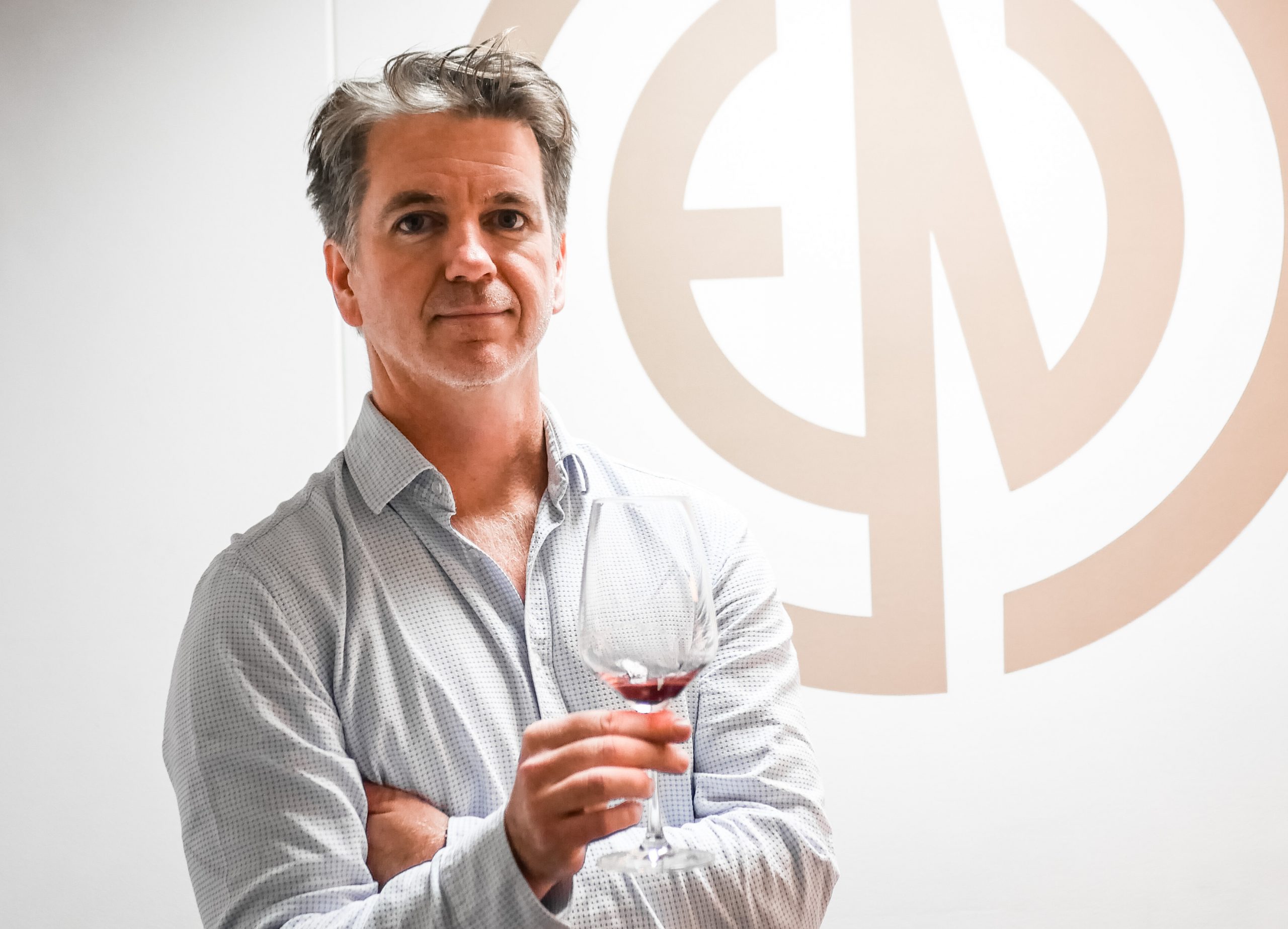I have always had a fascination with wine. Whether it be my heritage, my career (I worked for Moët Hennessy in my previous career in Finance) or through a plethora of fine dining, bar and hotel reviews for BBB I have come to be intrigued by the variety, the process, the value and the taste. So when I was offered a trip to the newly opened Oeno House in the City of London for a blind tasting I jumped at the chance. I have recently passed my WSET Level II with a Distinction so any opportunity to home my craft and I am in, I hope to study for my Level III next year but first to use what I have learnt so far . . . The tasting was so much fun, we tried 4 different champagnes from Non Vintage to Vintage, different regions and different blends. To say a blind tasting is difficult is an understatement, the nuances of the wine is so complex from region to region, style to style and all depends on weather, grape varieties and climate! My fellow BBB Editor, Rachel, and I gave it a go though and we were not half bad, we managed to get a few things right as to region, grape blend and whether NV or Vintage, that gave me hope for the future if my studies! One thing that struck us was how different they all were despite being from only one region, which goes to show that wine is very much also about personal taste. On this subject we got to interview Justin Knock, Chief Wine Analyst at Oenogroup to delve further into wine investment, his career that lead him to Oeno and the enjoyment of a great glass of wine.How did you get started your career in the Wine industry and how did you become the Master of Wine?
A great guy called Steve Charters, a British lawyer living in Australia who had just become a Master of Wine, was running wine appreciation courses in Sydney and I attended whilst finishing a Masters in Food Science. We memorably finished the course with the group chipping in to buy a bottle of 1980 Penfolds Grange which we very pragmatically had to decant into a blender! But it was utterly magnificent and set me on the fine wine path I’m still on today. The way he was able to explain how wine was made, and create an enthusiasm and framework for learning about and tasting different and better wines inspired me to enter the industry and become a winemaker – which I was able to do within a couple of years, eventually working for a large Australian winemaker. A few years later I took a position with them in London as a resident winemaker, promoting our wines all over Europe and the Middle East. Ever since meeting Steve I’d been curious about the Master of Wine program, but only once in London did I consider starting it – London is a centre of the wine world and the home of the Institute of Masters of Wine.
Do you remember the first wine you have tasted as a Master of Wine?
I was staying in a remote hotel in Chile when I received the email at about 4am that I’d become a Master of Wine. Bizarrely almost the first person I saw that day was a Master of Wine at breakfast, staying at the same hotel, the odds of which must be astronomical (there were only about 330 in the world then) – we shared a bottle of Argentine sparkling wine that night in Santiago. The following night I was in Mendoza where we celebrated properly with a bottle of 1998 Dom Perignon. But I do remember the very first wine I tasted was a ‘Rhine Riesling’ from a cask at my cousin’s 21st birthday party………. but I was only 9 years old so I don’t recall the producer.What are the most expensive wines and champagnes that you have a hold of currently? And what about the oldest ones?
At Oeno House we have a lot of truly rare and exceptional wines and a number that easily exceed £10,000 per bottle in value. Amongst the most rare is the Magnum (1.5L bottle) of 1996 Henri Jayer Cros Parantoux, which you won’t find anywhere else in the world and is therefore almost priceless. The methuselah (6L) of Boerl & Kroff 1995 champagne for £30k is for truly special occasions; 2015 Domaine de la Romanée-Conti (DRC), Romanée-Conti is a wine for the ages at £22k. Other rare treasures include a bottle of Jean-Louis Chave Ermitage Cuvée Cathelin 1998. Of course in our bonded warehouse we have a much larger selection of wines, including some wines made in just a handful of bottles that can include wines from DRC in Methuselah, and ultra large formats of Salamanzars (9L), Balthazars (12L) and Solomons (18L) from producers like Stag’s Leap in Napa, Montevertine’s outstanding super-Tuscan Le Pergole Torte and of course the famous bottles of Liber Pater and Boerl & Kroff that we have that are worth over £100K. Our oldest wines would be some of Bartolo Mascarellos Barolo Magnums from the 1960s and also some wines from Gaja in Barbaresco. We don’t have a large focus on extremely rare old wines because their fragile condition and extreme age can make them a target for fraud, and we have an insistence and a protocol of sourcing to ensure we don’t take anything suspect into our portfolio.
How are these wines and champagnes different from others?
The large formats are a real standout, made in much smaller quantities and utterly perfect for long-term ageing and for those ultra-special occasions for celebrating life’s most important moments. We’ve become a specialist on these and find there is very strong collector interest in these wines. My role is also to take a long-term view for our collectors and I see this bottles as very important time capsules of an evidently golden era of wine that we are living through – especially with the increasing uncertainties and challenges climate change is bringing to the production of wine.Would you agree with the statement ‘Wine industry has drastically changed over the past 10 years? If yes, why?
It’s always changing and evolving despite being seen as a relative stable and traditional industry. No doubt we are seeing more fine wine being made in more points of origin than ever before, and France is no longer the exclusive preserve of greatness. Italy and California are perhaps rivalling France the most, but there is exceptional wine being made in Australia, Chile, South Africa, Germany, Greece and Portugal. Overall the biggest changes are in consumption – people can and will drink young Bordeaux now (less than 10 years old), similarly for Barolo and Burgundy. Champagne has become more capably led by a string of superb vintages, while the excesses of the early 2000s are being shed all over the world. Wines once bold with oak and tannin are now more alluring, perfumed and sensual creating a wider range of pleasurable drinking experiences for wines soon after release.
When tasting wine, what should a person be looking for?
Balance is on the one aspect of quality that we mostly all agree on, and this can be evident in inexpensive wines or the world’s best. If you want something to caress your tired mind at the end of a week a certain soft richness can be ideal. But if you want to be transported to another place, another time, then wine should have an alluring perfume and a multi-faceted flavour that changes and evolves over the course of an evening, sometimes shy and at others more expressive but always interesting and asking you to take another sip.What tips would you advise to the readers when choosing a wine or champagne in the boutique?
Don’t be shy to ask for the wine list and then take your time to go over it, ideally with a glass of wine on the terrace. It is extensive and illustrious and is worth reading through in detail. We will be adding a website in the coming months that will make browsing even easier. The key point is that we are really making available the best of the best in the heart of the City of London, the quality of the range is impeccable and not everything comes with a luxurious price. Better yet, the cost to drink wine on site is closely aligned to the retail price so I can’t think of a better place in London to drink something really special. Finally, ask the advice of our people who are routinely able to taste many of the wines in our portfolio and can really guide you where you want to go.
What is the oldest wine you have ever tasted?
I’ve had a couple of wines from the 18th century. A 1795 Madeira from Barbeito was a genuine single vintage wine, while I’ve tasted a Sherry from Gonzalez Byass from a solera started in 1728.
Fore more information on Oneogroup and Oneo House in London see online.

